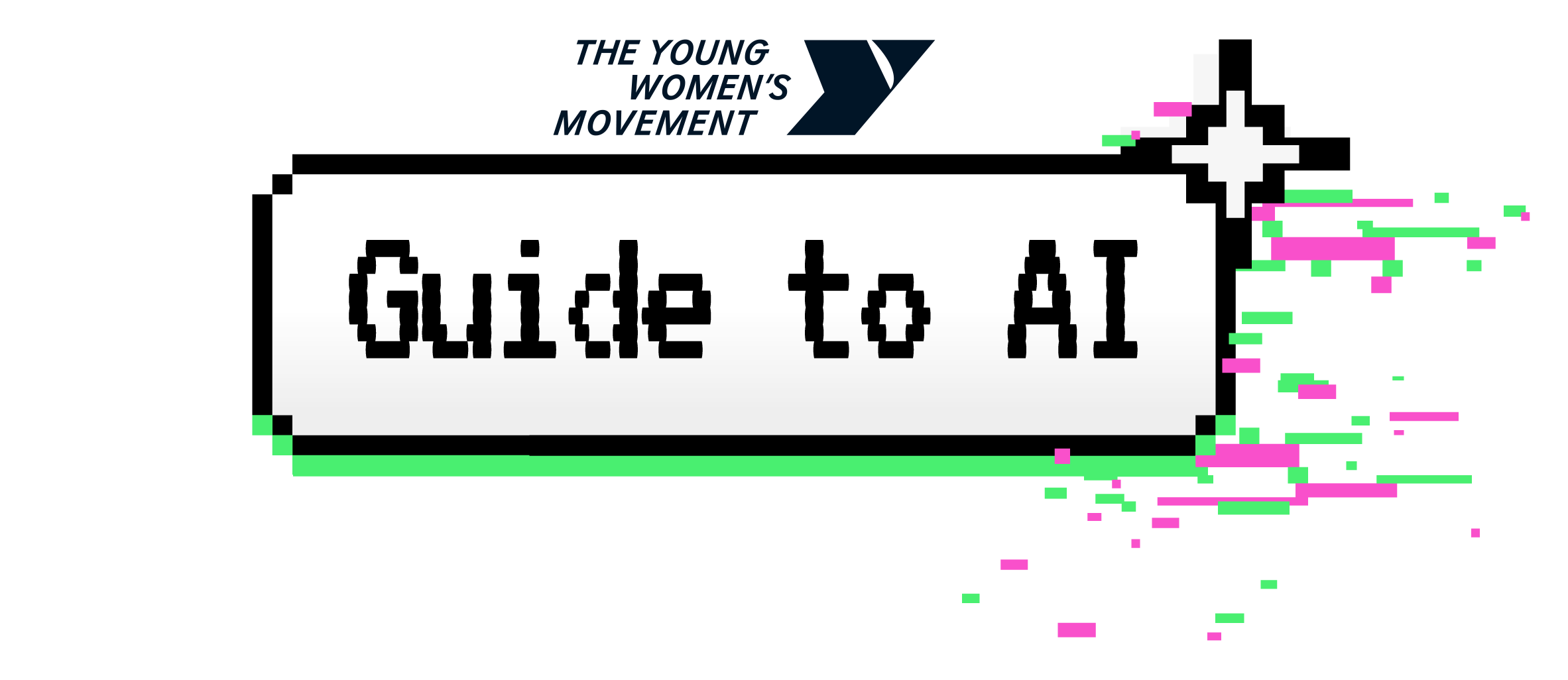Guide to AI: The cycle of harm
HOME > RESOURCES & TOOLKITS > THE YOUNG WOMEN’S MOVEMENT GUIDE TO AI > AI AND GENDER

AI AND GENDER
The cycle of harm
What is the ‘cycle of harm’?
This chart was developed to explain why gender based violence keeps happening and how each part of the problem feeds into the next. It breaks the issue into seven stages and shows where action is most needed to break the cycle.
Data and legislation can only achieve so much. Alongside these practical changes, we also need a cultural shift that challenges misogyny and harmful behaviours.

Gender bias
The cycle begins with widespread gender bias and the underlying attitudes that shape how women and girls are treated in everyday life.
Harmful stereotypes and inequality
Gender bias continues to cause harmful attitudes towards women and girls
Gender-based violence and abuse
This environment enables gender based violence, including online harm like image-based sexual abuse and digitally manipulated synthetic content.
Ineffective safety measures
While tools like safety devices and safety apps exist, they don’t address the root causes and are reactive, not preventative. They put the onus on the victims to protect themselves instead of reducing the risk of harm in the first place.
Poor representation in policy
Policy decisions often do not fully address current risks to women and girls. This is why we need inclusive policymaking that properly reflects their needs and experiences.
Under-representation in AI development
Women are often missing from tech development, meaning the risks they face aren’t built into design. This is why we need diverse teams shaping future technologies.
Datasets are missing women
We don’t have enough data on women’s experiences. This is why we need better research and evidence to better inform decision making.